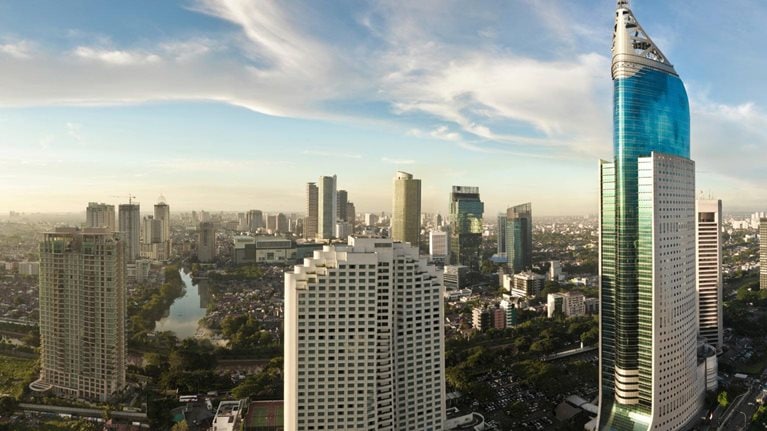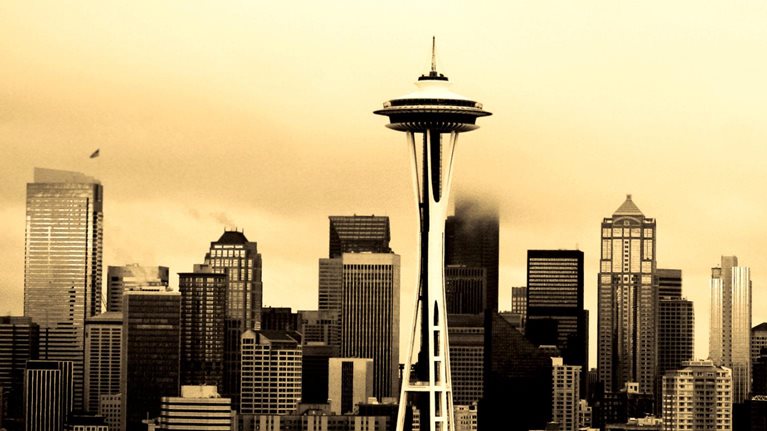The financial crisis profoundly altered the economic landscape, particularly in the United States. In this video interview, academic and author Richard Florida explains how energy and creative, knowledge-based companies—particularly in the high-tech field—are increasingly consolidating in urban areas, generating a new economic growth model. This interview was conducted by Rik Kirkland, senior managing editor of McKinsey Publishing. An edited transcript of Richard Florida’s remarks follows.
Interview transcript
A new growth model
The US economy really is stumbling towards a new growth model. And many people see this growth model in conflict. Even Tom Friedman wrote this piece in the New York Times saying that places that have natural resources and oil, they suffer from a resource curse. They’re damned because they get lazy. And one of the things I found is that our energy sector—and obviously this isn’t rocket science—our energy sector is booming. Texas, Oklahoma, up through the Plains States, it is booming.
The highest rate of productivity in the country on a per capita GDP is Midland, Texas, at over $100,000 a person, well ahead of San Jose. And what I’ve speculated in this piece1 is our old growth model, our auto-, housing-, suburban-driven model is giving way to a new growth model, which I call the “knowledge energy growth model.”
I don’t think these things are in conflict, and one of the things I talked about a lot is people see Houston as an energy center. And that’s right, it is. But it has some of the high-techiest stuff in America. Extraordinary concentrations of software engineers, info-techs. So one of the things I speculated is, even though there are winners and losers, there is this new growth model emerging that has a lot of potential. What other nation has as many energy resources as America? What other nation can boast as many great research universities? What other nation has one high-technology complex that would rival, never mind a Silicon Valley, but a Boulder?
Put those things together, and it might not be all gloom and doom. There might be a glimmer of hope, and I think more than a glimmer of hope, a ray of sunshine for economic future.
Nerdistan goes urban
We made a request of the folks at the National Venture Capital Association. They initially sent us venture-capital data at the zip code level, and now we’re getting much more of it. What we found is this old notion that high tech is only in a suburban Nerdistan, this idea that engineers prefer to live out near suburban office parks, drive a fast car, a nice, hopped-up Porsche to work. And don’t get me wrong, suburban high tech is still important. But what we found was that San Francisco proper actually has a higher level of start-up activity and venture activity than Silicon Valley.
Now Palo Alto does quite well, mind you. We found that Boston, the 128 Belt, still has some venture investment. But actually the city of Boston, and in particular Cambridge, especially those areas on the T line, around MIT, Central Square, and other parts of Cambridge, are excelling.
New York: this blew my mind, I did a study of venture capital back in 1984 and ’85 and ’86, my original academic publications. We found New York exported all of its venture capital. It was a center for finance, but it shipped that money out to Silicon Valley, the Bay Area, the Boston area. New York City in this band of area in Lower Manhattan—really from Midtown East and South through the Flatiron District, of course over to Chelsea, where Google has bought the Port Authority building, down through Lower Manhattan and across pieces of Brooklyn, like $2.5 billion a year. Depending on how you count it, New York is the second or third largest—if you put Boston and Cambridge together, San Jose, the Bay Area—the second or third largest aggregate of venture capital in the country.
We’re also seeing this happen in London. We’re seeing Berlin, which people had condemned as a kind of slacker area. So we’re seeing a burst of urban tech. And I think what we’re seeing is really a kind of bifurcation. The bigger companies with big floorplate—you know, a Google, a Yahoo!, you can go on and on—go to the campus where they can build their self-enclosed campus.
But smaller companies that are incubating can’t afford a lot of space. And there’s a great quote that I like that Jane Jacobs always used, “New ideas require old buildings.” New ideas require the old neighborhood, the walkable streets, the loft surroundings. If you’re an urban theorist like me, innovation happens in cities. So I think it’s now turning back to what we call the urban tech revolution.
The people imperative
Economic development used to be, “I want to collect company headquarters. I want to bribe company factories to come.” Companies are important, but you have to look at people. And that’s one of the big themes that came through [in my article]. People are an economic asset, and for economic development we not only attract and recruit companies, we attract and recruit people. So it’s not like New York or London have to be über urban. They have a lot to learn from Seattle and Portland and Barcelona and other green cities. And at the same time, some of our greener, more pastoral places have to increase urbanity.
We used to think of our anchor institutions as our great factories. Now that’s still important, especially in the emerging economies, emerging cities. But in mature cities, the universities, the colleges, the idea–knowledge hubs, these anchor institutions for talent, not only because they’re direct economic generators. But because they cause a flow of talent towards them.
John Sexton, the president of NYU, said that cities are idea capitals. I think those are the components of the new economic-development strategy, which is about not only attracting companies, not only building businesses, but attracting people and creating really important, great assets that make your city livable and improve its quality of play.
The 66 percent problem
Three or four things are happening. One is our labor market has bifurcated. About one-third of the jobs we’re creating are good, high-paying, knowledge jobs, professional jobs, technical jobs, info-tech jobs, even arts and creative jobs. They pay on average $75,000, and many people make over $100,000.
Manufacturing middle is gone, mid-skill jobs are being annihilated. We stabilized it, but we’re not growing a lot. We’ve cut the loss, and the biggest jobs we’re creating are these low-wage, routine, poorly paying service jobs, 66 million in America, our fastest-growing jobs. So I call it the 66 percent. When you take the 50 percent of workers in the service economy, the other 15 percent are disconnected, disadvantaged. You have 66 percent of the people being left behind.
We had a model handed down to us from the great Chicago School sociologist who said, “What you have is a city with a central business district surrounded by warehouses, surrounded by working-class housing, and disadvantage in the city. And then you have in the suburbs, as they got less dense, incredible advantage.” Hole in the doughnut in the city.
Now what we’re seeing, as cities come back, is this patchwork. I call it the fractured, the fragmented city, the divided city. Concentrated advantage right beside concentrated disadvantage. But then moving out into the suburbs, concentrated advantage next to concentrated disadvantage, and this is a self-perpetuating cycle, which is terrifying.
If you’re stuck in one of these neighborhoods, right next door to the affluence, you’re cooked. You don’t have access to good schools, you don’t have access to cultural pathways, you don’t have access to mentors, you don’t have access to jobs. This idea of how do we not only upgrade neighborhoods, but how do we upgrade service jobs. And that’s been my mantra.
We’ve got to develop a strategy for our neighborhoods. And I tell this story. We’re going to have to work together to make service jobs better and to make our disadvantaged neighborhoods better. That’s really the challenge of us moving forward in our next urban century.


